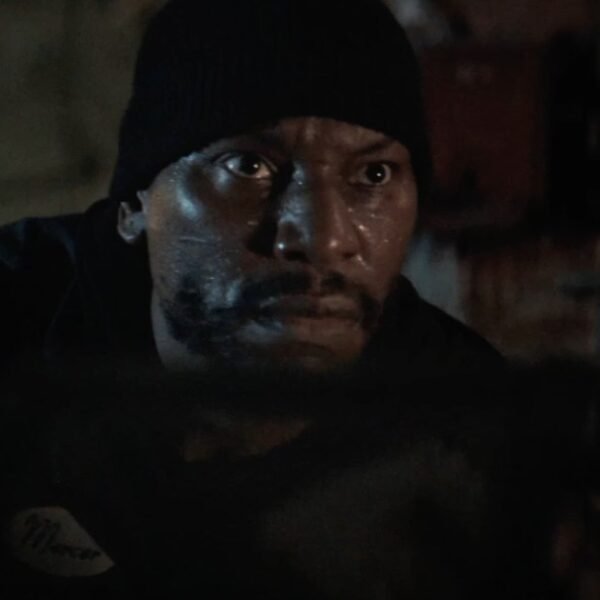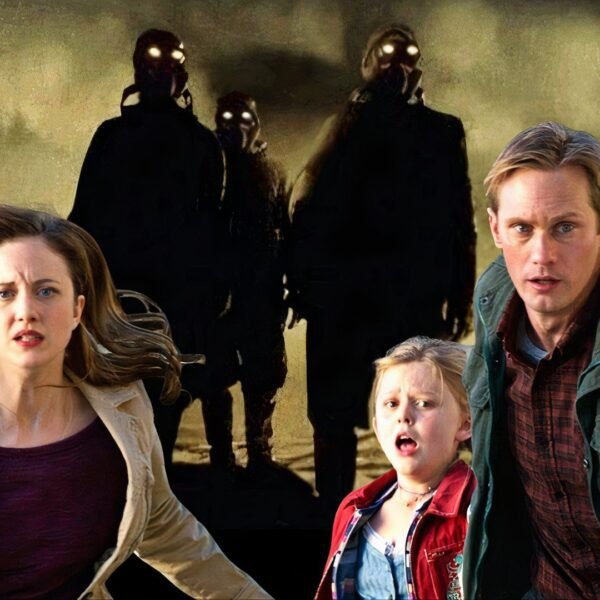A side note, but not really: In 1990, thanks to the release of Philip Kaufman’s Henry Miller-Anias Nin biopic “Henry and June,” another MPAA rating was added, the NC-17. This meant no children under 17 were admitted at all unless accompanied by a parent or guardian. This was mainly about sex, although violence was also taken into account — and more so than anything else, a mysterious thing called “tone,” invoked by the MPAA whenever they had trouble explaining why something with a high (violence) body count got an R while a film with one or two graphic acts of violence and a lot of sex got an NC-17. There were gripes that this rating was also unevenly applied, with releases like “Basic Instinct” (1992), which was filled with softcore sex as well as violence, extreme profanity, and drug use, receiving the less commercially onerous R rating, but Abel Ferrara’s “Bad Lieutenant” from that same year, which contained many of the same elements but far less sex or nudity (save for star Harvey Keitel going full-frontal in a breakdown scene), getting branded with an NC-17.
Sex in movies has been policed ever more stringently since. To the surprise of no one reading this, a kind of repackaged Puritanism is afoot in cinema (and the culture generally) in the United States. It’s been gaining strength ever since the PG-13 was created.
According to The Numbers, in 1995, a little over a decade after the creation of the PG-13 (which became the “official” acceptable rating for most films) about 40% of movie tickets sold in the US were for R-rated films. At present, it’s about 17% of the total, thanks in no small measure to studios’ resistance to releasing R-rated films because they want it to be suitable for the entire family, in the way that a Star Wars or Marvel or new James Bond film is suitable, by dint of having lots of fights, shootings, knifings, torture scenes, and mass killings, but almost no sex, profanity, or drug use.
According to a study by The Economist, as of 2000, less than 20% of films contained no sex or nudity. By 2023, this figure had nearly doubled, reaching 49%.

Meanwhile, throughout the ’90s and aughts, television separated itself into family-suitable and adult-only categories, mainly through the rise of cable television. Sex scenes on TV might have declined slightly in recent years, at least based on my experience as a full-time TV critic (1997-2022). But there don’t seem to be any major academic studies on this that can be trusted. Much of the writing is about the validity of the perception (especially among young viewers) that you can’t watch any TV without risk of running into an “unnecessary” sex scene that makes you uncomfortable, especially if you have to share a house or a couch with somebody else. The definition of “unnecessary” varies depending on the person. However, it does seem as if, for a very vocal and online demographic, all sex scenes are “unnecessary” because they don’t want ever to see them.












